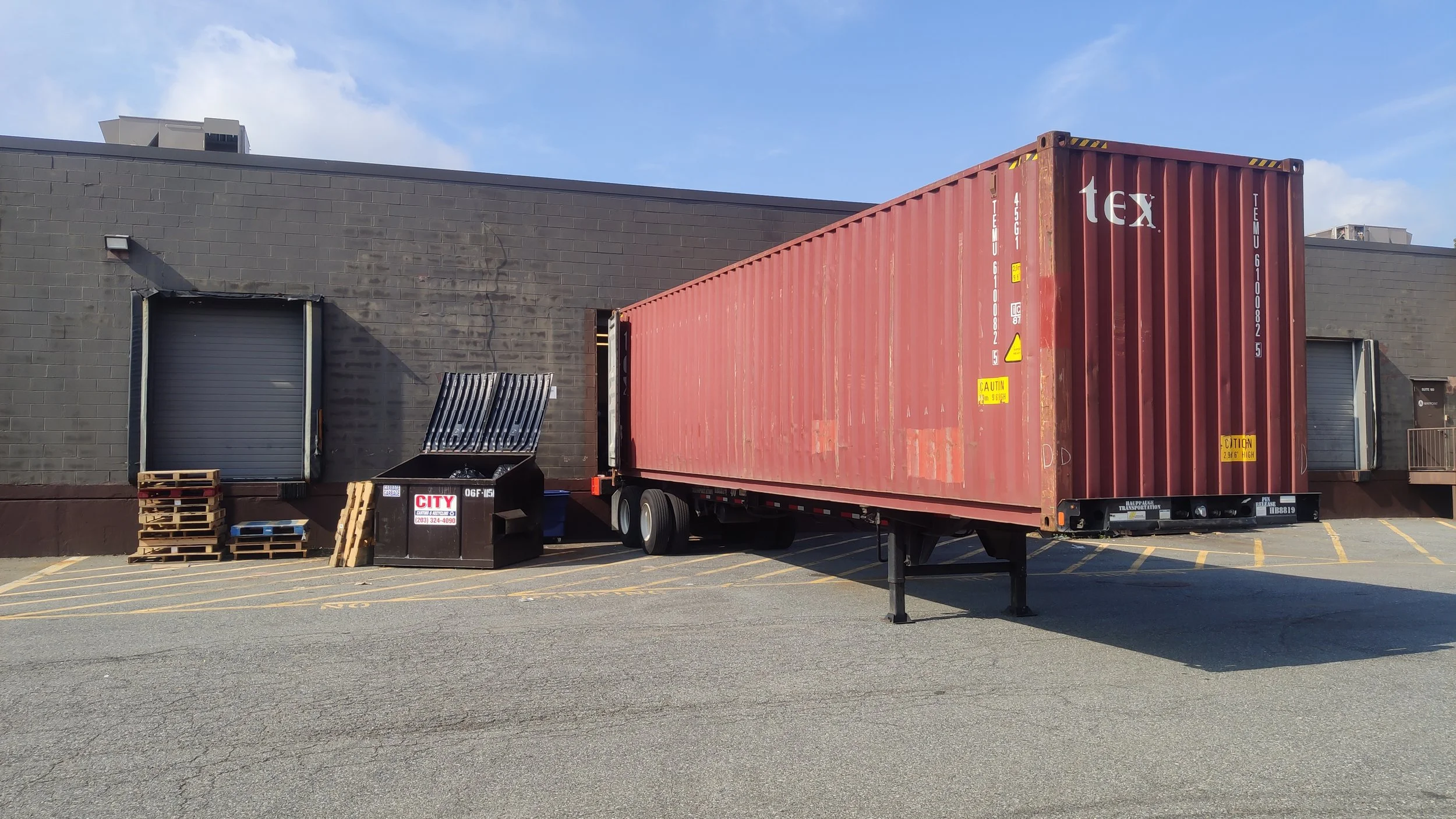Manufacturing Shortages and Production Efficiencies
January 1, 2020
If you’ve ever had the pleasure of living next to a freight railway, you know that every time a train starts moving again after a stoppage, the event is accompanied by a startling and earth shaking clatter of cars and connectors screeching back to life. Starting and stopping a global supply chain isn’t all that different, though the causes and effects are less predictable and play out on a time scale of weeks and months (if not years). With the COVID-19 pandemic shutting down whole countries, cities, and industries for extended periods, the logistical challenges that we face under normal circumstances are made much worse. So far WAZER has managed to weather the various sourcing storms through a combination of good planning and creativity, but it is difficult to predict what new challenges will come up in any given production run. In this update we’ll be looking at some of these challenges and how we’ve responded to them to keep production online and WAZERs shipping.
While much has been made about the dire sourcing situation surrounding microchips and consumer electronics, shortages are everywhere and the market has responded accordingly. With mining, recycling, and other operations going offline or operating at reduced capacity, even raw materials are being sold at a premium, and this cost increase is passed down the line to manufacturers who may be dealing with outages of their own. This compounding of delays and costs can add up to a headache for our sourcing team. Components containing copper, steel, and aluminum have been the most affected so far.
To be sure, microchips have been the most troubling shortages that we have encountered. While certain chips are easily swappable for an equivalent from another manufacturer, or a similar part from the same manufacturer, microcontrollers and other chips with complex pinouts and internal architectures are simply not replaceable without a major redesign. A good example of this is the ARM-based microcontroller that is built into every WAZER controller board. These chips, which were easily obtainable 6 months ago, now boast 52 week lead times from most suppliers and are only available at significant markups: over 1000% in the case of our particular model. Much of this is due to slashed order quantities and production rates in early-mid 2020 due to overly cautious sales forecasts from a number of major manufacturers in the face of the economic downturn. Hoarding on the part of various suppliers has likely contributed to this as well. In other cases we have needed to replace chips entirely with solutions involving more readily available discrete components.
In general we have adopted a few strategies to get ahead of potential shortages and maintain our desired manufacturing and production rates. There are certain parts that are more complex and more likely to have outages, and we have made sure to keep an eye out for any lead time extensions. In certain cases we are able to take on a large amount of inventory to provide a buffer, but this is often cost and space prohibitive. This is a common dilemma for manufacturers trying to find a good balance between consistency and cost, but we have increasingly erred on the side of caution to avoid a possible shutdown of our production line.
Production Line Efficiencies
As New York State emerged from the government-imposed shutdown in early June of 2020, WAZER found itself in a new location in Yonkers, NY with a jumble of workstations, parts, and even a few partially completed machines (started in Brooklyn in March 2020 and never finished due to the shutdown) freshly loaded off of moving trucks. While the move had created some degree of chaos, it also presented a chance to make some important and overdue changes to the WAZER production line. AND simple things like having 4 loading docks and ground floor direct freight access for containers and trucks was an efficiency that we underestimated when we initially moved.
Aside from a few production cells that needed to be located near water lines, our new production floor was a blank canvas for us to work with in making the production line flow more efficiently. Fixes to annoying aspects of the production floor in Brooklyn that were deferred indefinitely were now trivial to implement as we had free reign to rearrange things as we saw fit. We started out in Yonkers with a much smaller production staff (only 3 out of 6 technicians decided to make the move) which meant that our production rates were quite slow from the perspective of total units produced every week. But due to the improved workflows, the number of hours it took to assemble each WAZER actually went down! We continued to reduce assembly times with periodic improvements, such as revising work instructions and expanding the storage area for “Work-In-Progress” (aka WIP).
In addition to the efficiencies gained from the simple restructuring of the line, we also began shifting production of some subassemblies over to our operation in Shenzhen, China to help make assembly faster and increase throughput in the Yonkers facility. Compact but time-consuming assemblies like door windows and gantry blocks are now pre-assembled when they arrive in each shipping containerThis not only helps with the speed of machine assembly, but also frees up space on the production floor and warehouse that can be used for production of finished goods rather than subassemblies.
Overall this has led to vast increases in production efficiency, whereby we were assembling 17% more efficiently after the move to Yonkers and an impressive 29% more efficiently by the end of the year, just 6 months later! With more space available and an expanding production team here in the US we expect to increase our machine output significantly this year.



